
Politics
18:07, 26-Mar-2018
40 years of opening up, the rising of China in a new era
By Li Zhao
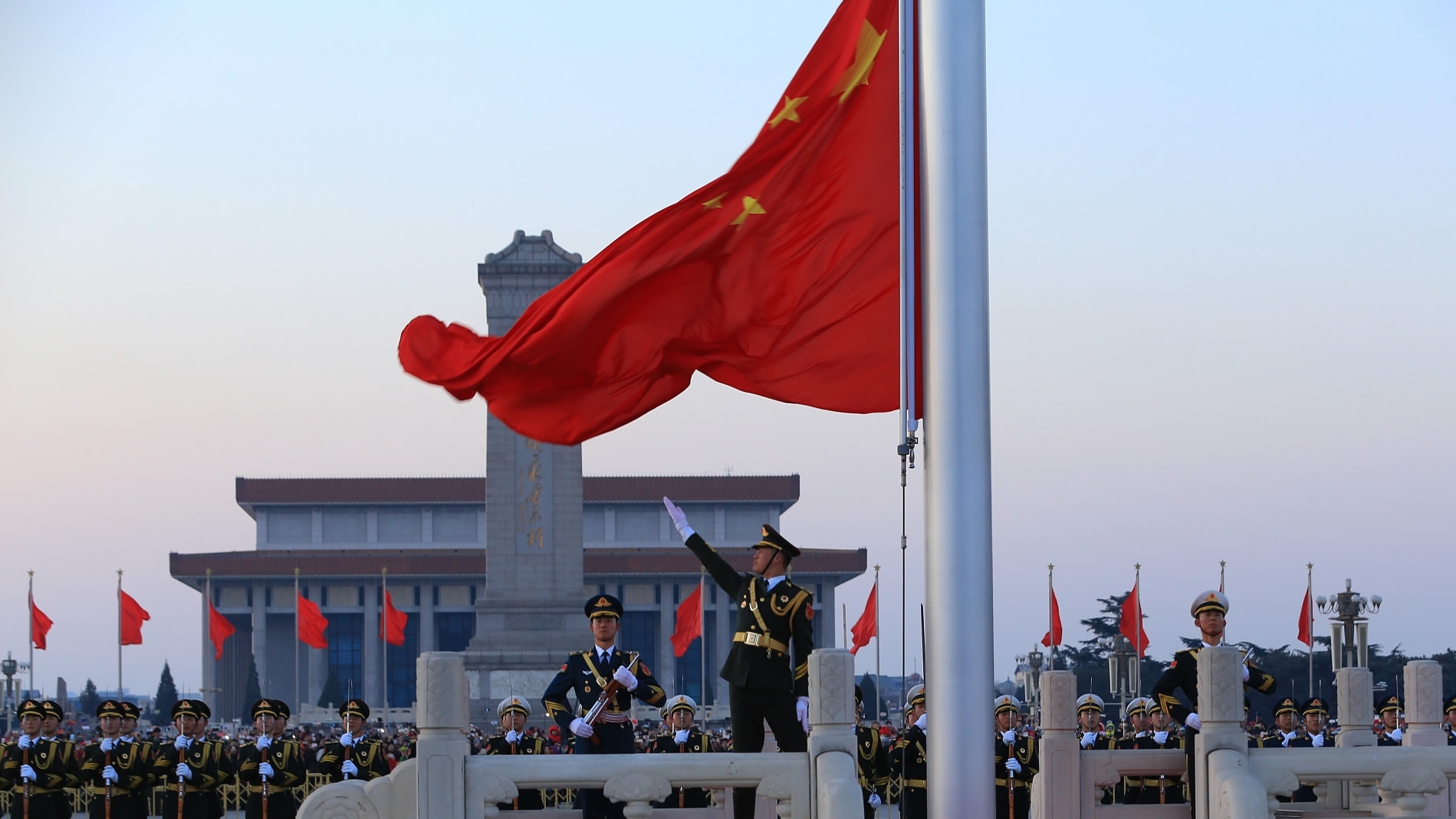
In 1978, China’s late leader Deng Xiaoping proposed the idea of internal reform and opening up to the outside world during the third plenary session of the 11th Party Congress, vowing to push for economic development in both urban and rural areas.
"Without reform and opening-up, there will be no hope for China," Deng said. "Development is the hard truth."
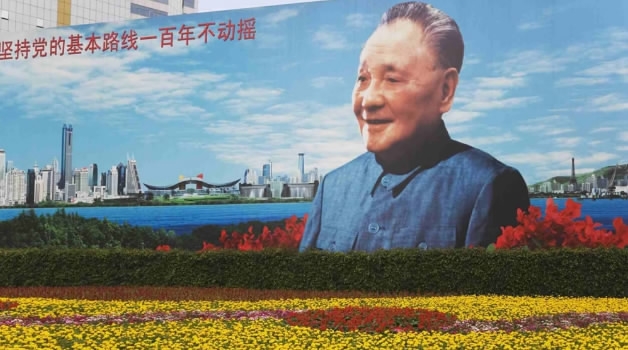
A billboard of China's late paramount leader Deng Xiaoping. /CGTN Photo
A billboard of China's late paramount leader Deng Xiaoping. /CGTN Photo
Since then, China has embarked on widespread economic reforms, while widely opening its market to the world, which is set to be further discussed in the 2018 Boao Forum for Asia (BFA) on April 8-11. Experts will elaborate on how China has changed the world, and vice versa.
China's achievements over the past 40 years
Drastic changes have taken place since the adoption of the reform and opening-up policy. The then impoverished nation has turned into world’s second largest economy, with its gross domestic product (GDP) reaching 82.71 trillion yuan (13.11 trillion US dollars) in 2017, rocketing about 225 times than four decades ago.
Here's a look back at China's major accomplishments since 1978.

As President Xi Jinping pointed out in his 2018 New Year Address, reform and opening up "has been the only path to the realization of the Chinese dream". Xi vowed to press ahead with reform in 2018.
Urbanization: A necessary path toward modernity
Urbanization, a major reform process where people from rural places shift to urban areas, serves as a key engine for sustainable economic growth, as it can bring up domestic consumption and investment.
In 2017, permanent urban residents, including those who migrate from countryside, account for 58.5 percent of China’s population - roughly 809 million people. That rate is expected to hit 60 percent in 2020.
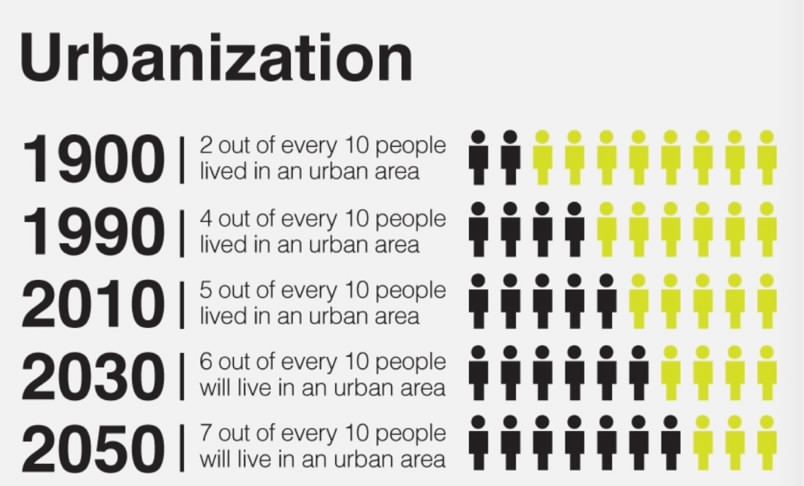
CGTN Photo
CGTN Photo
According to China Daily, every percentage of urbanization is predicted to level up the investment growth by 3.7 percent, which can bring huge financial boost to the country.
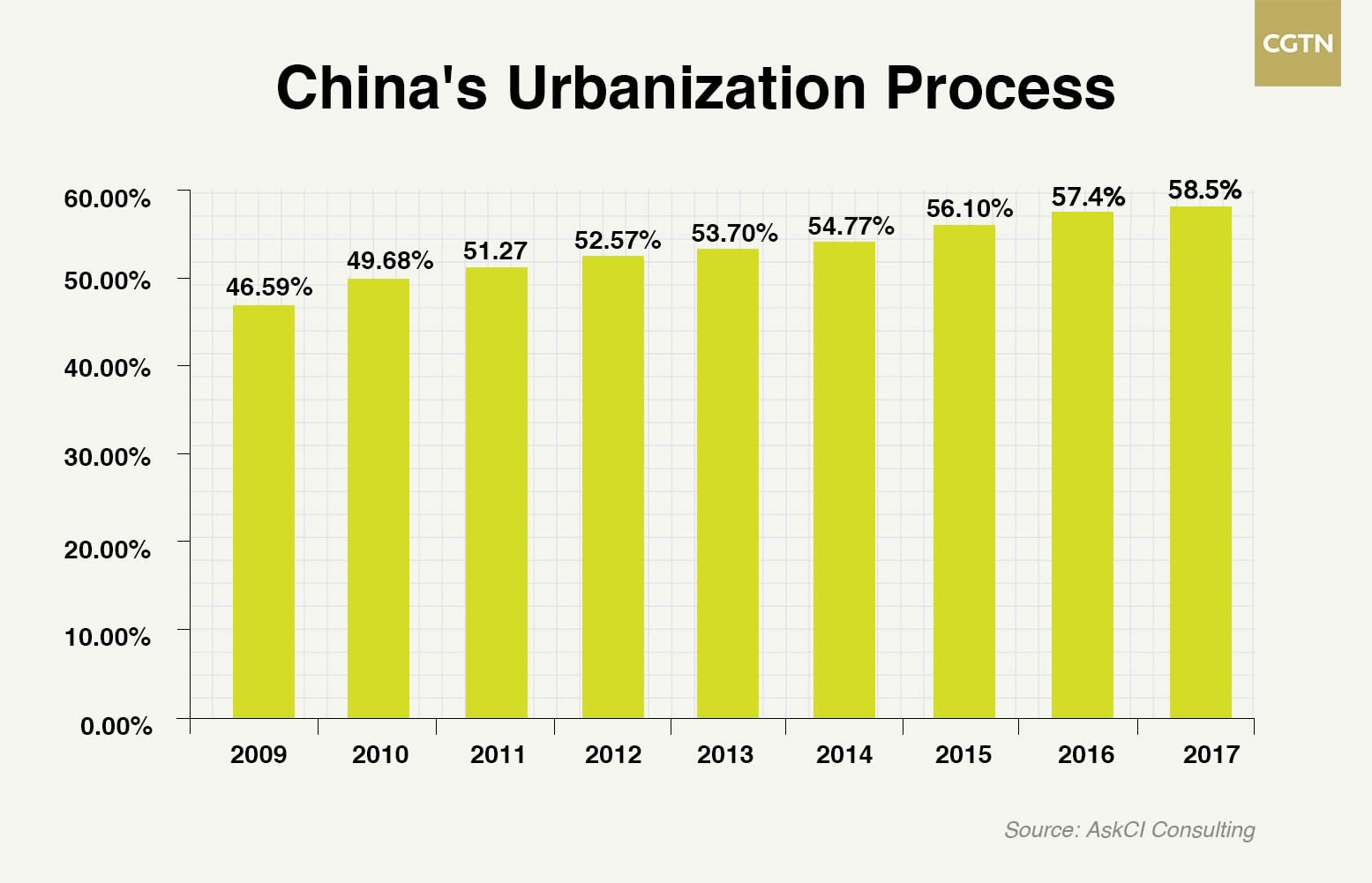
As an important part of structural reform, China’s urbanization program has extended itself to developing city clusters, which coordinated regional development and urbanization, as Xi stressed at the 19th CPC National Congress in October, 2017.
The coordinated development of Beijing-Tianjin-Hebei region is one of the strategies, aiming to create a world-class cluster in northern China.
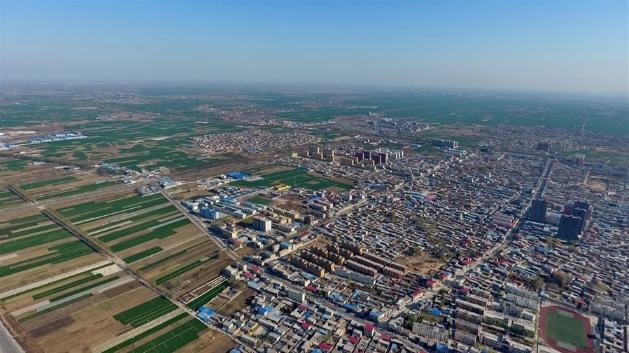
The Xiongan New Area, the coordinated development of Beijing, Tianjin and Hebei Province, is a national strategy that aims to create a world-class city cluster in northern China. /CGTN Photo
The Xiongan New Area, the coordinated development of Beijing, Tianjin and Hebei Province, is a national strategy that aims to create a world-class city cluster in northern China. /CGTN Photo
He Lifeng, Minister of China’s National Development and Reform Commission, said in March that the area would help distribute wealth that had been sucked into Beijing to the areas surrounding the capital – many of which are still impoverished villages.
Reform has released great potential of the Chinese people, while the opening-up brought enormous opportunities for the overseas companies.
China keeps its door wide open
A series of measures have been put forward to reduce the restrictions on foreign trade and investment.
In 1980, the CPC Central Committee and the State Council decided to name four southern China cities, namely Shenzhen, Zhuhai, Shantou and Xiamen, as special economic zones (SEZs) of the country. The establishment of these SEZs marked the further development of China’s opening up.
Thus, the country decided to fasten its pace. In 1984, 14 other coastal cities all over the nation have been opened up, with all of their geographical advantages unleashed.
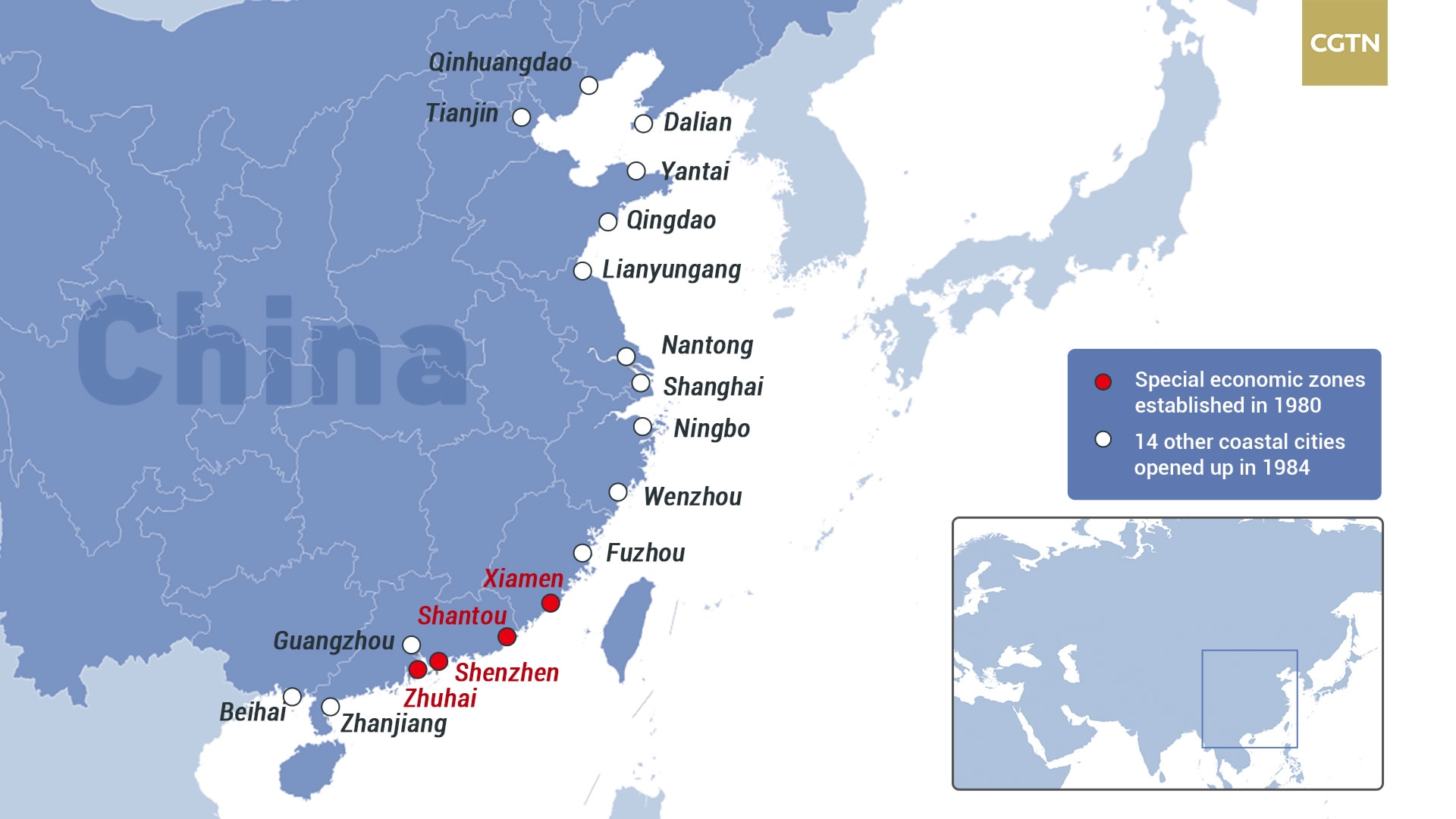
China has also set its door wide open for the overseas companies. A list of renowned foreign companies have already entered the Chinese market before the year 2000.

As Xi noted during a meeting with the CPC Central Committee Political Bureau members, “World’s prosperity and stability is China’s opportunity, while China’s development being world’s opportunity.”
Forty years of China’s rapid development has pushed the world’s economy forward, motivating the global economy from gentle recovery to steady growth. China has not only benefited itself, but also pushed the whole world ahead.

SITEMAP
Copyright © 2018 CGTN. Beijing ICP prepared NO.16065310-3
Copyright © 2018 CGTN. Beijing ICP prepared NO.16065310-3